Refine search
Actions for selected content:
12661 results in History of science
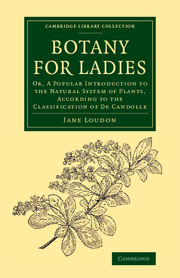
Botany for Ladies
- Or, A Popular Introduction to the Natural System of Plants, According to the Classification of De Candolle
-
- Published online:
- 05 June 2015
- Print publication:
- 01 January 2015
- First published in:
- 1842

The Parks, Promenades and Gardens of Paris
- Described and Considered in Relation to the Wants of our Own Cities
-
- Published online:
- 05 June 2015
- Print publication:
- 13 November 2014
- First published in:
- 1869

Samuel F. B. Morse
- His Letters and Journals
-
- Published online:
- 05 June 2015
- Print publication:
- 28 August 2014
- First published in:
- 1914
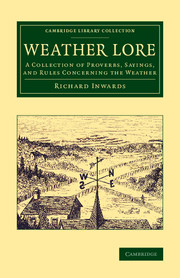
Weather Lore
- A Collection of Proverbs, Sayings, and Rules Concerning the Weather
-
- Published online:
- 05 June 2015
- Print publication:
- 11 December 2014
- First published in:
- 1893
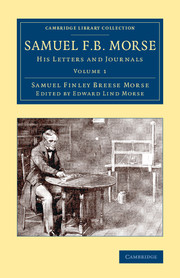
Samuel F. B. Morse
- His Letters and Journals
-
- Published online:
- 05 June 2015
- Print publication:
- 28 August 2014
- First published in:
- 1914
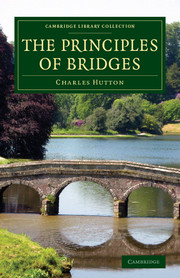
The Principles of Bridges
- Containing the Mathematical Demonstrations of the Properties of the Arches, the Thickness of the Piers, the Force of the Water against Them, etc.
-
- Published online:
- 05 June 2015
- Print publication:
- 06 November 2014
- First published in:
- 1772
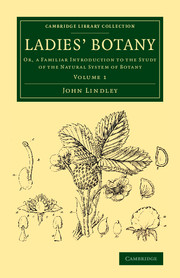
Ladies' Botany
- Or, a Familiar Introduction to the Study of the Natural System of Botany
-
- Published online:
- 05 June 2015
- Print publication:
- 05 March 2015
- First published in:
- 1834

The Foundations of Science
- Science and Hypothesis, The Value of Science, Science and Method
-
- Published online:
- 05 June 2015
- Print publication:
- 11 December 2014
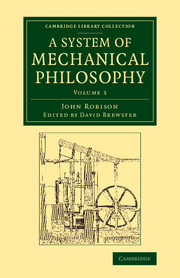
A System of Mechanical Philosophy
-
- Published online:
- 05 June 2015
- Print publication:
- 21 August 2014
- First published in:
- 1822
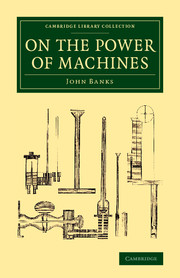
On the Power of Machines
-
- Published online:
- 05 June 2015
- Print publication:
- 21 August 2014
- First published in:
- 1803
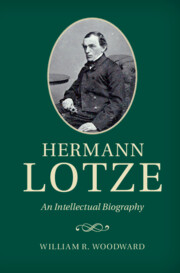
Hermann Lotze
- An Intellectual Biography
-
- Published online:
- 05 June 2015
- Print publication:
- 09 June 2015
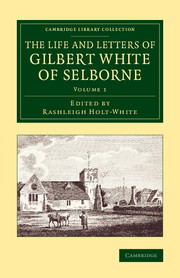
The Life and Letters of Gilbert White of Selborne
-
- Published online:
- 05 June 2015
- Print publication:
- 01 January 2015
- First published in:
- 1901
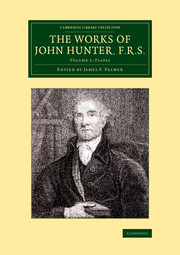
The Works of John Hunter, F.R.S.
- With Notes
-
- Published online:
- 05 June 2015
- Print publication:
- 26 March 2015
- First published in:
- 1837
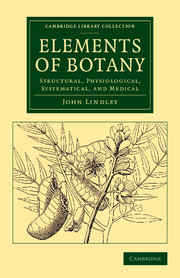
Elements of Botany
- Structural, Physiological, Systematical, and Medical
-
- Published online:
- 05 June 2015
- Print publication:
- 05 March 2015
- First published in:
- 1841

Histoire du Canal du Midi
- Connu précédemment sous le nom de Canal de Languedoc
-
- Published online:
- 05 June 2015
- Print publication:
- 06 November 2014
- First published in:
- 1799

Recherches sur les ossemens fossiles des quadrupèdes
-
- Published online:
- 05 June 2015
- Print publication:
- 12 March 2015
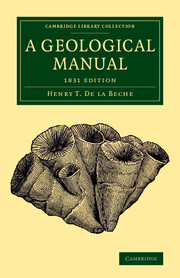
A Geological Manual
- 1831 Edition
-
- Published online:
- 05 June 2015
- Print publication:
- 06 November 2014
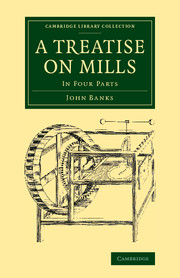
A Treatise on Mills
- In Four Parts
-
- Published online:
- 05 June 2015
- Print publication:
- 24 July 2014
- First published in:
- 1795
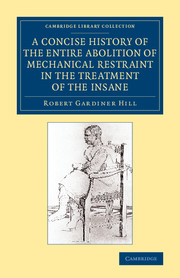
A Concise History of the Entire Abolition of Mechanical Restraint in the Treatment of the Insane
- And of the Introduction, Success, and Final Triumph of the Non-Restraint System
-
- Published online:
- 05 June 2015
- Print publication:
- 05 March 2015
- First published in:
- 1857

Sketch of the Civil Engineering of North America
- Comprising Remarks on the Harbours, River and Lake Navigation, Lighthouses, Steam-Navigation, Water-Works, Canals, Roads, Railways, Bridges, and Other Works in that Country
-
- Published online:
- 05 June 2015
- Print publication:
- 28 August 2014
